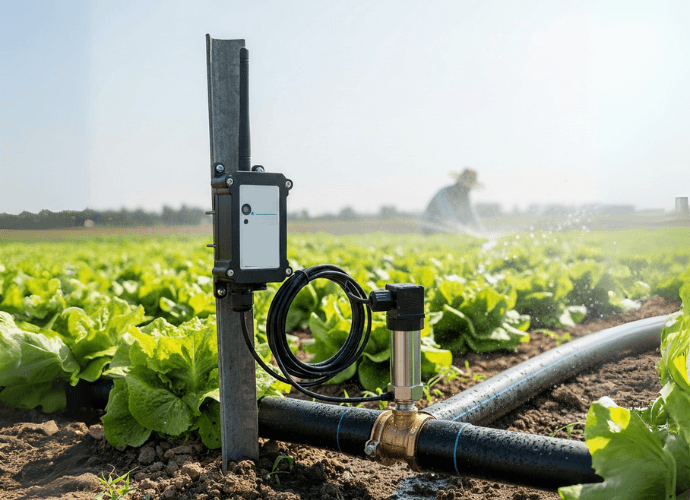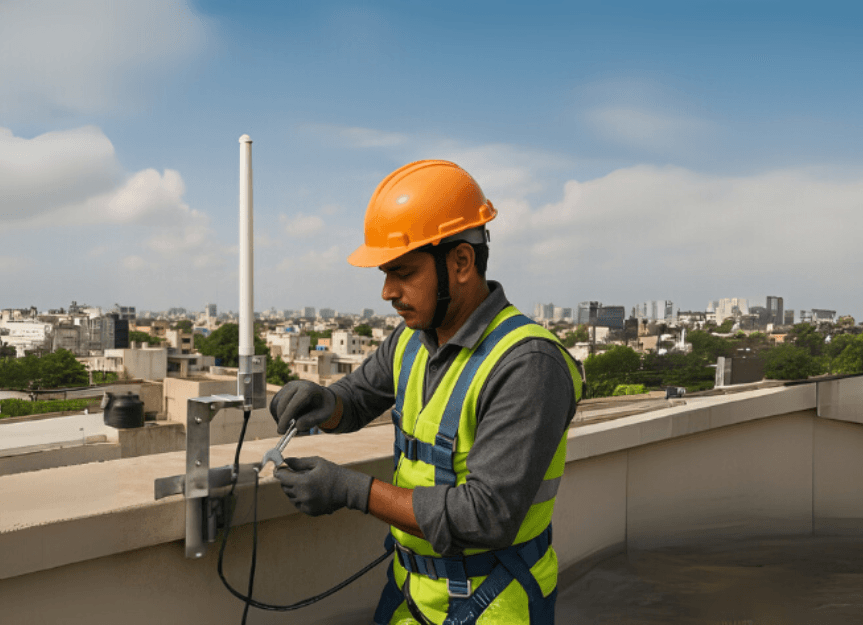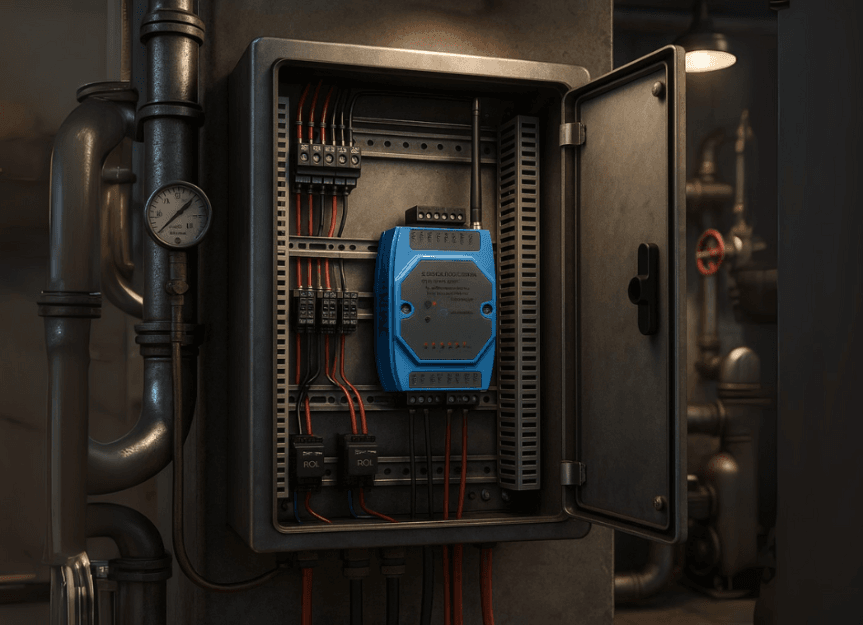Soil health is at the heart of sustainable agriculture. Among the critical indicators, soil pH directly impacts nutrient availability, crop growth, and long-term farm productivity. Traditionally, measuring soil pH has required manual sampling and lab testing, which is both time-consuming and costly.
The Dragino SPH01-LB LoRaWAN® Soil pH Sensor changes this dynamic by providing continuous, remote soil pH monitoring over long distances using ultra-low-power LoRaWAN® connectivity. In this blog, we explore how to effectively install, handle, and maintain the SPH01-LB sensor for maximum reliability.
The Dragino SPH01-LB provides tangible benefits across multiple agricultural and research settings. Farmers can adjust lime and fertilizer use in real time, optimizing crop growth while reducing waste and cost. Greenhouses maintain consistent soil conditions for sensitive crops, ensuring higher yield quality. Research institutions and educational facilities can conduct long-term soil studies without labor-intensive sampling. Smart agriculture projects can integrate SPH01-LB data into IoT dashboards, enabling AI-driven decision-making and precision farming strategies.
The Dragino SPH01-LB LoRaWAN® Soil pH Sensor empowers farmers, greenhouse managers, and researchers with continuous, accurate soil monitoring without the need for manual sampling. By following best practices for installation, handling, and maintenance, users can achieve reliable performance, longer device life, reduced operational costs, and meaningful insights for smarter agriculture and precision farming.
Keep Exploring Our Blog Collection

Installation Guide for Dragino PS-LB
Pressure is a critical parameter in industries ranging from water management to ...
Learn More
LoRaWAN® Antenna Gain and Coverage
When organizations deploy LoRaWAN® networks at scale, one of the most over...
Learn More
Getting Started with Dragino LT-22222-L
In IoT and automation projects, monitoring sensors is only half the story ...
Learn More
LoRaWAN® vs Cellular: The Scalable IoT Choice
LoRaWAN® and Cellular technologies both serve as powerful communication options ...
Learn More